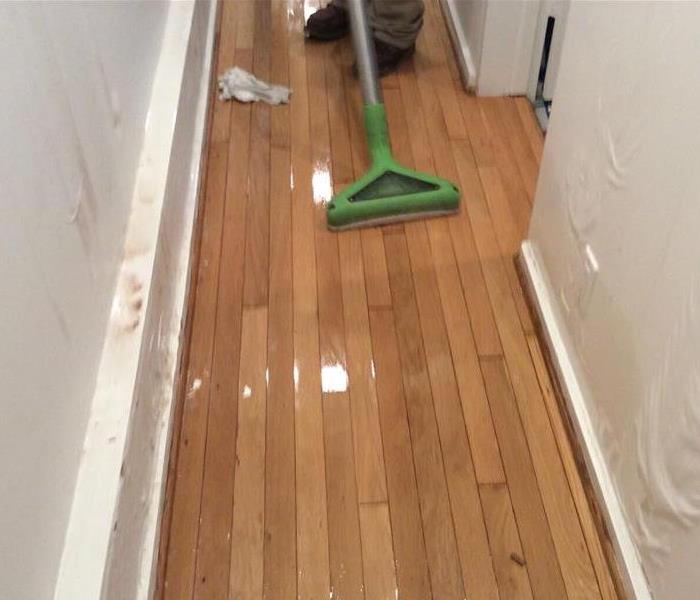What to Know About Different Categories and Classes of Water Damage
4/8/2021 (Permalink)
Water damage can occur in a variety of different ways at any given time of the day. You could be dealing with water intrusion from different sources like a roof leak, cracked windows, flooding from rain, broken/leaking pipes, dishwasher malfunction, busted refrigerator supply line, toilet overflow, and the list goes on...
Not all water damage is the same. You have different classes and categories of water damage that need to be considered when dealing with damages to your property.
Categories
- CAT1: Classified as a clean water source. Water that has no threat to human contact. This water is coming from water supply lines, kitchen sink overflows, ice maker machines, etc.
- CAT2: This water source contains biological, physical, or chemical contaminants that expose threat to illness or discomfort if consumed or exposed to. Examples would be toilet bowl water with urine, washing machines, dishwashers, and rain water.
- CAT3: Is the worst of all categories known as "Black Water". This source of water contains unsanitary agents, harmful bacteria, and a threat to human health if exposed to and not handled properly. This source is coming from sewage backups, feces water, rising seas, rivers, lakes, water in crawlspace.
Classes
CLASS1: Slow rate of evaporation, small portion of the room was affected, low % of moisture detected in the materials.
CLASS2: Fast rate of evaporation, entire rooms carpet is affected, walls may have a bit of moisture, no more thank 24 inches of moisture on wall. Class 2 indicates when 5% to 40% of of the room is affected (ceiling, walls, floors)
CLASS3: Fastest rate of evaporation. Water source comes from overhead affecting the entire area, ceilings, walls, floors, carpet, cushion, etc. Class 3 indicates when 40% or more of the room is affected.
CLASS4: When a specific drying approach is needed due to the saturation of materials. Low specific humidity is needed to dry materials, especially porous materials like hardwood floors, concrete, plaster, all in which require low humidity levels like mentioned, to properly dry out.






 24/7 Emergency Service
24/7 Emergency Service
